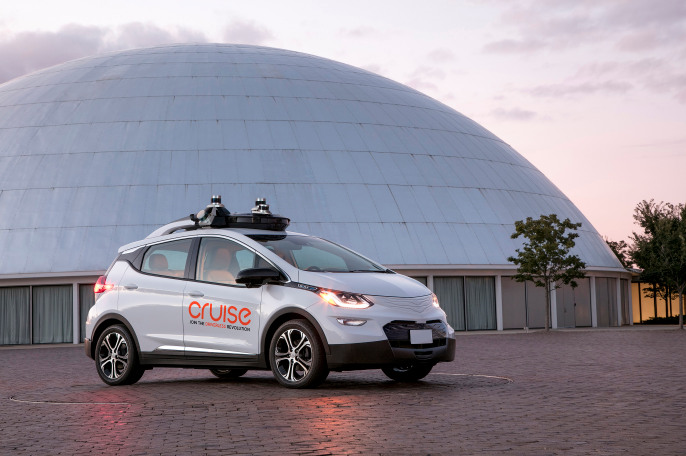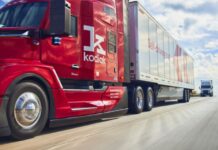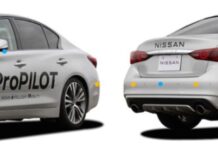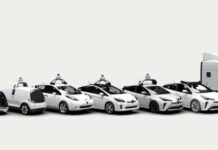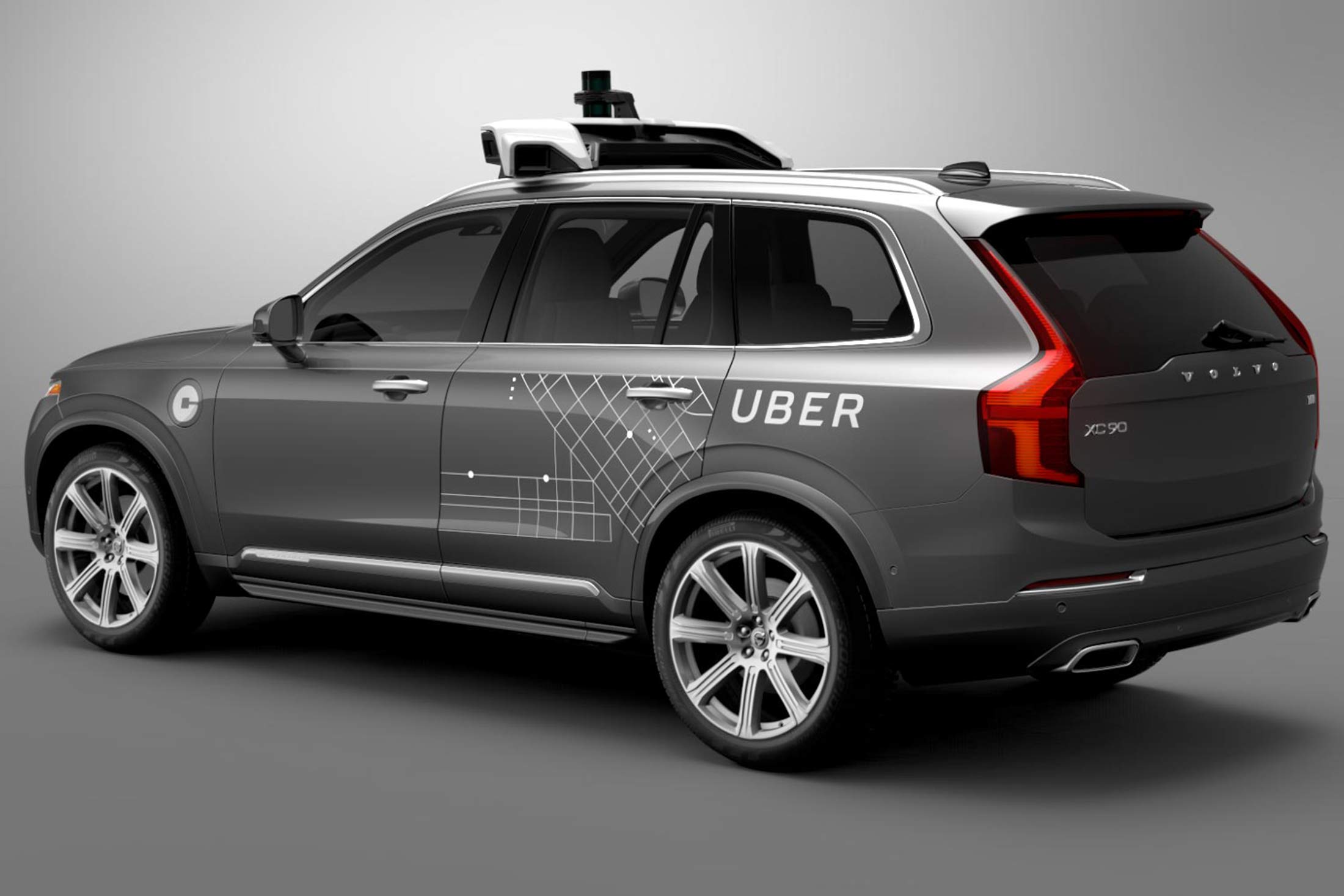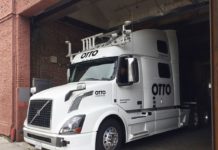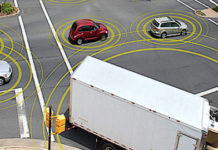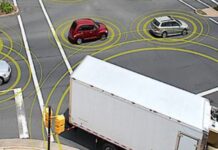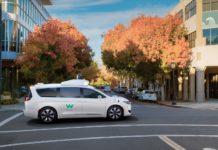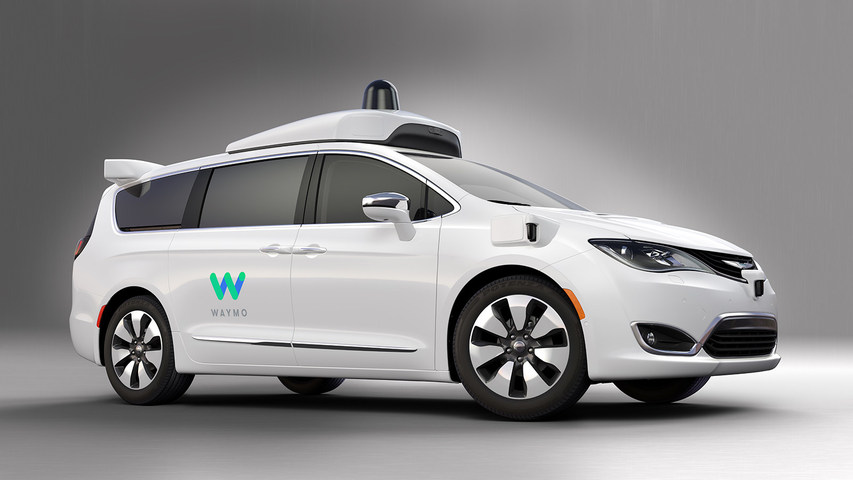Kyle Vogt, CEO and founder of Cruise Automation, revealed very big news for his company and its owner GM, which acquired the startup last year. The news is that they’re ready to mass produce a vehicle ready for self-driving, with everything on board they need to become fully autonomous vehicles once the software and regulatory environment is ready to make that happen.
“Today, we’re announcing the first production design of a self-driving car that can be built at massive scale,” Vogt said. “And more importantly, these vehicles can operate without a driver.”
That means they have all the components in place, that “when the software’s ready,” Vogt added, they can remove the drivers and operate safely on roads.
Doug Parks, GM’s VP of Autonomous Technology and Vehicle Execution, explained that he has been involved in the design of Volt, and Bolt EV. Throughout, they knew this could be a platform that eventually led toward autonomous capabilities. All were “on the way to enabling what Kyle just announced, the first mass-produced, autonomous high-volume car.”
“It’s making the changes to the design so that we can build that on the line at Orion’s assembly center,” Parks explained, talking about how this includes working with suppliers to get parts ready and that was what was accomplished with its generation-two test cars.
This latest vehicle is a production-ready design, Parks said. What that means is that it has “full redundancy” throughout the autonomous system, so that it’s ready mechanically and from a sensor and software perspective to “fail operationally and be safe.”
The vehicle will be based on a third-generation Cruise self-driving platform, using the Chevrolet Bolt, and will be produced at the automaker’s Orion, Michigan facility, which is where they previously announced they would be producing their Bolt test cars.
This isn’t an announcement that means self-driving cars will be available on roads to consumers tomorrow; Park said there’s still “a lot of work to be done” before that can happen.
Vogt talked about how their goal throughout has been to increase safety with autonomous tech, and pointed out that there’s no way that can happen without scale: Launching a few hundred cars on the roads isn’t going to accomplish that larger benefit.
“The key challenge, and what’s hard especially for tech companies, is building the cars,” he said. “And building lots of them.”
Retrofit vehicles are hard to build, he said, and they “keep breaking,” so it’s hard to continually fix them up and get them back on the roads. This announcement means that the cars will be able to roll off the line in quantities of hundreds of thousands per year. And while they look very much like the current shipping Bolt EV, under the hood, Vogt said that 40 percent of the parts are new, and most of those are focused on redundancy of parts and systems.
Fifty vehicles have been built by GM, and production is expected to ramp up from here. Vogt says there isn’t yet a timeline for deploying the software that enables full self-driving, but he added that these are destined for deployment in fleets, rather than as individually owned consumer vehicles.
As for deployment of these new cars that have actually been produced, Vogt says that they’ll start to be integrated into the “Cruise Anywhere” on-demand ride-hailing service offered to Cruise employees in San Francisco in the coming weeks.
Vogt pointed out that this is the third generation of Cruise’s autonomous vehicle in just 14 months, which is indeed a remarkable timeline for development of a fully functional self-driving platform, even for testing purposes. He also took the opportunity to highlight the difference between what GM and Cruise have announced, and the kind of one-off demonstration vehicles other automakers and tech companies have brought to events like CES.



